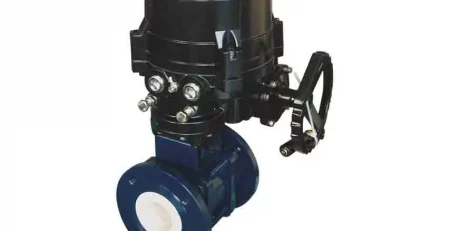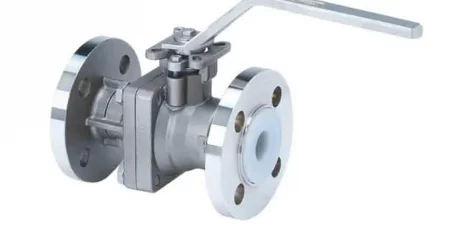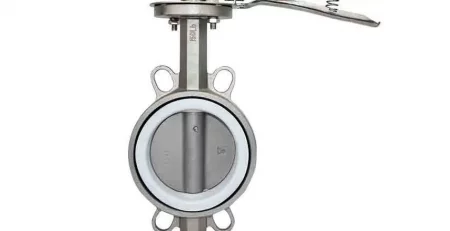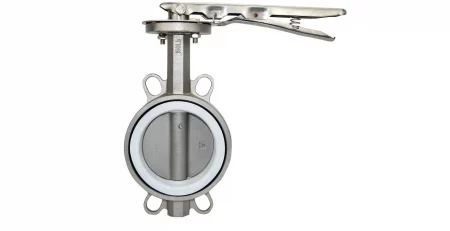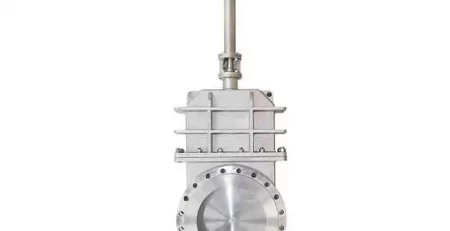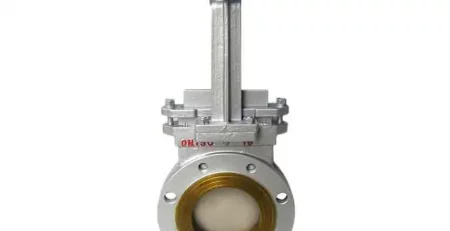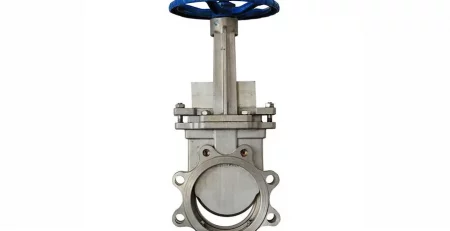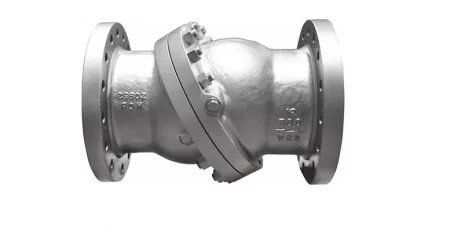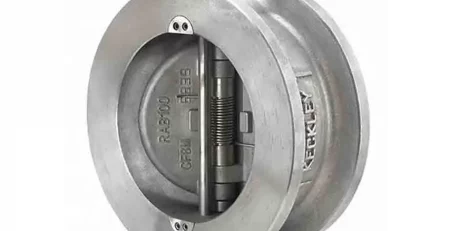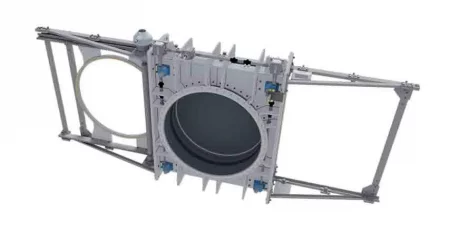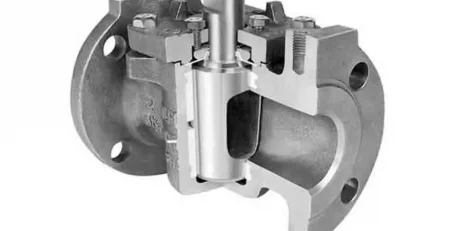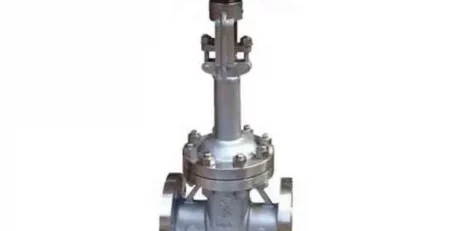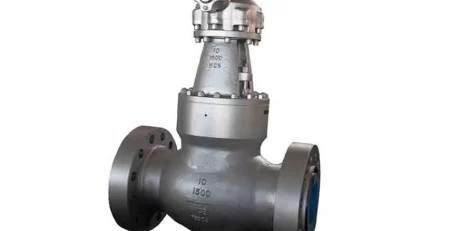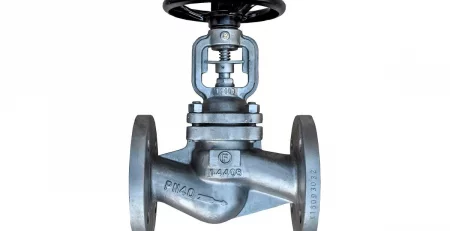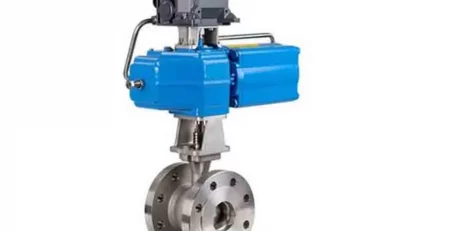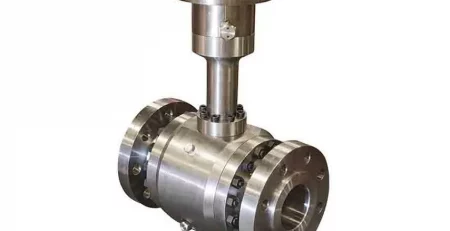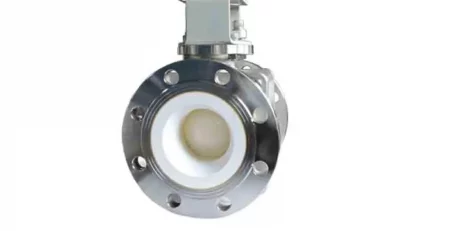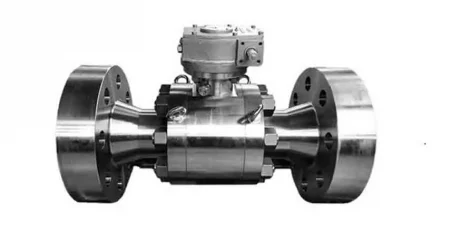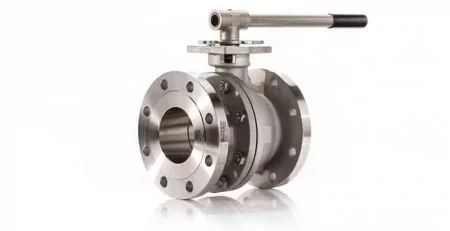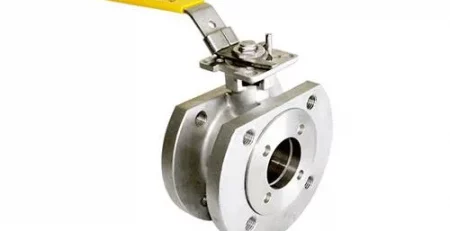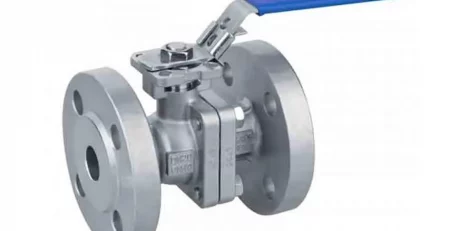PRODUCT DESCRIPTION
HG Stahl Ball Valves
HG Stahl ball valves are a type of valve used to start or stop the flow of fluids (water, gas, oil, etc.). These valves utilize a rotating ball to control the flow. Ball valves operate most effectively in fully open or fully closed positions and are often preferred for their low-pressure drop and quick opening/closing features.
Operating Principle of HG Stahl Ball Valves
HG Stahl ball valves contain a perforated ball inside. This ball rotates when the valve handle is turned. When the hole in the ball aligns with the pipeline, the fluid flows freely; when the ball is rotated so the hole moves out of alignment with the flow direction, the flow stops. This design ensures quick and effective flow control.
Types of Ball Valves
- Full Bore Ball Valve: The hole in the ball is the same size as the pipe diameter, minimizing flow resistance. Used in high-flow applications.
- Reduced Bore Ball Valve: The hole in the ball is slightly smaller than the pipe diameter. Preferred for general-purpose applications.
- V-Port Ball Valve: The hole in the ball is V-shaped, allowing for more precise flow rate control.
- Three-Way Ball Valve: Enables flow to be diverted or mixed in two different directions. Used in mixing and distribution processes.
- Flanged Ball Valve: Suitable for high-pressure and high-temperature applications due to its flanged connections.
- Welded Ball Valve: Provides a more secure and leak-proof connection through welded joints. Preferred in high-pressure and high-temperature applications.
- Wafer Ball Valve: Slim and compact design suitable for tight spaces. Mounted between two flanges.
- Segmented Ball Valve: Features a segmented ball for high flow rates and precise flow control. Commonly used in industrial applications.
- PTFE-Coated Ball Valve: The ball is coated with PTFE for chemical resistance. Suitable for abrasive and corrosive fluids.
- High-Temperature Ball Valve: Made from materials resistant to high temperatures, ensuring reliable performance in such environments.
- High-Pressure Ball Valve: Designed to operate under high pressure, suitable for critical applications.
Applications of HG Stahl Ball Valves
- Water and Wastewater Systems: Used for flow control in water distribution and treatment systems.
- Oil and Gas Industry: Preferred for quickly and safely stopping flow in pipelines.
- Chemical Industry: Used for transporting and controlling chemical substances.
- HVAC Systems: Provides flow control in heating, ventilation, and air conditioning systems.
- Food and Pharmaceutical Industry: Used in applications requiring hygienic and clean flow control.
- High-Temperature Applications: Preferred in systems requiring materials resistant to high temperatures.
- High-Pressure Applications: Suitable for critical systems with its high-pressure-resistant design.
Selection Criteria for Ball Valves
When selecting a ball valve, the following criteria should be considered:
- Connection Type: Options include flanged, threaded, wafer, or welded connections.
- Material Type: Materials such as stainless steel, brass, or PVC should be chosen based on the properties of the fluid.
- Pressure and Temperature Ratings: Select a valve that matches the operating conditions.
- Flow Rate and Volume: Choose valves of appropriate sizes based on system requirements.
- Ease of Maintenance: Prefer valves that offer easy maintenance and repair.
- Chemical Resistance: For fluids containing chemicals, select PTFE-coated or suitable materials.

